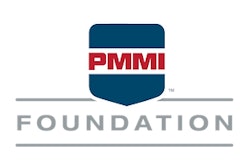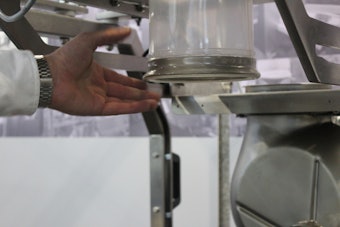 | Watch the full interview at ProFood World for more insights on acceptance testing in food production. |
Bryan Griffen: Let's have a little fun with the quick-fire round. The quick-fire round is short answers, fast-paced, first thing that pops into your mind, no thinking. So are you ready?
James Couch: I'm ready.
Bryan Griffen: Alright, so here we go. First question, what's the number one thing you'd put on the director's checklist for a successful FAT?
James Couch: To determine exactly what success looks like. And a lot of that's going to come straight from the plan. Obviously if we have a performance document that's drafter, but at the end of the day, it's all about acceptance at the facility and what do they call good.
Bryan Griffen: Okay. Very good. What's your favorite special effect or tool or technology that makes virtual FAT shine?
James Couch: I would say the slow-mo camera ability. I mean, we found that when we started incorporating that, we would pick up things that the human eye just can't see. You think you saw it, but you're not sure you saw it, so having slow-mo cameras that that enabled us to pull back and review that numerous times, certainly helped us a lot in the long term.
Bryan Griffen: Very good. And last one, what's one thing that's often overlooked during SATs but can make or break the final cut?
James Couch: I would say probably parts. Just make certain that you've got all the components, critical components and general consumables on hand at the time that you're doing your SAT in startup. Because it's new, but things fail. Things as simple as a sensor can take the entire startup down, and having the right components on hand at startup is critical.





















